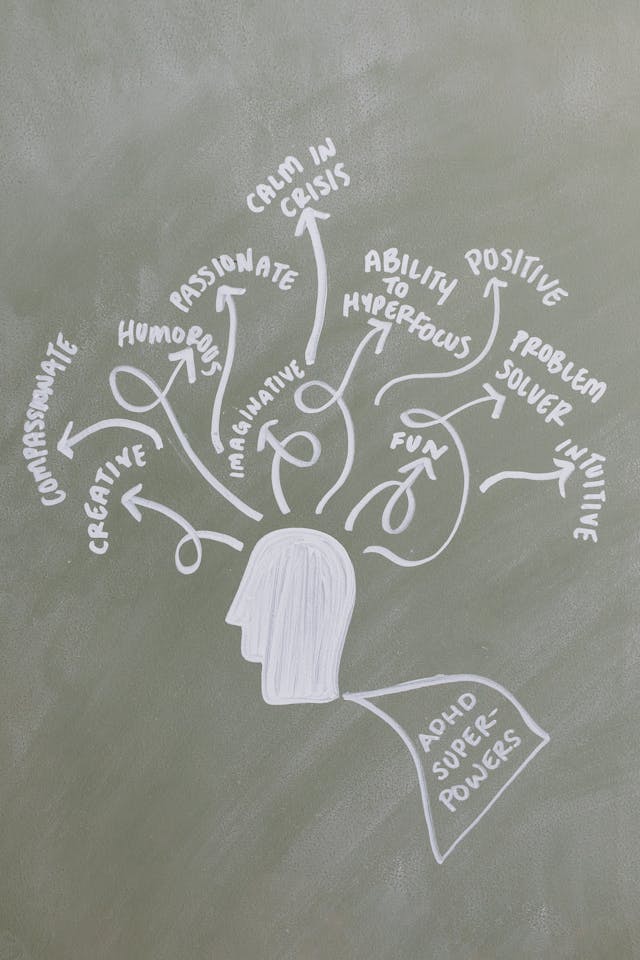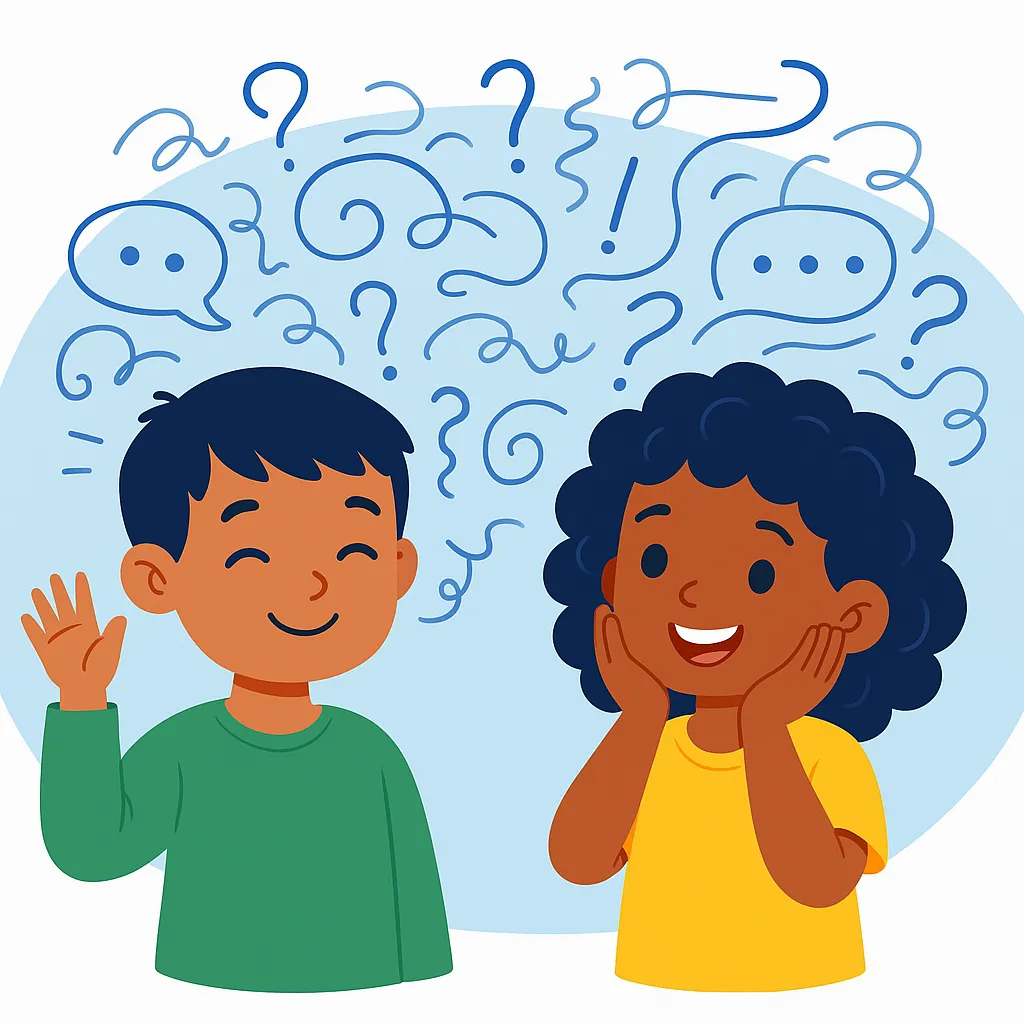What is ADHD?
Attention Deficit Hyperactivity Disorder (ADHD) is one of the most common neurodevelopmental disorders. Often diagnosed in childhood, it is now more prevalent among adults and is characterised by a persistent pattern of inattention and or hyperactivity-impulsivity that can interfere with functioning or development, as outlined in the DSM-V.
Unlock Your Full Potential With Our ADHD Test!

ADHD Myths
While the exact cause of ADHD is not fully understood, various contributing factors such as genetics, exposure to certain medications during pregnancy, head injuries, birth complications, and other neurodevelopmental disorders may increase the risk of developing ADHD.
Don’t be Fooled by Fake Quizzes
We understand your frustration. The internet is filled with unreliable tests and misinformation about ADHD, making it difficult to find trustworthy resources. Many online quizzes oversimplify ADHD symptoms or promote harmful stereotypes, which can lead to delayed diagnosis for those who need support, or unnecessary worry for those who don’t.
We believe everyone deserves access to accurate, professional guidance when exploring their mental health. That’s why our comprehensive ADHD pre-assessment tool is based on the DSM-5.
Real ADHD Symptoms
Attention Deficit Hyperactivity Disorder symptoms can vary widely from person to person. Below are some commonly experienced ADHD symptoms that you may have encountered at some stage in your life, prompting you to consider the possibility of an ADHD diagnosis:
Disorganisation
Do you struggle with keeping things organised, managing your time well, and keeping your living or work space neat and tidy?
Emotional Dysregulation
Do your moods change a lot, going from happy to irritable or sensitive quickly? Does this affect how you get along with others and how you manage your daily activities?
Trouble Falling Asleep
Do you have difficulty falling asleep at night, even when you are exhausted from a long day and know you have to be up early?
Difficulty Following Through
Do you often start things with a lot of excitement but find it hard to finish them? Like beginning a project or task with energy, but then getting sidetracked or losing interest before it’s done?
Poor Time Management
Do you have difficulty managing your time effectively, and often arrive late to appointments, meetings, or social gatherings?
Difficulty Concentrating
Do you find it hard to stay focused on things like tasks, conversations, or activities, especially when they’re not very interesting or exciting to you?

Diagnosing ADHD
To diagnose ADHD, practitioners in Western Medicine typically rely on the criteria outlined in the Diagnostic and Statistical Manual of Mental Disorders (DSM)*. This handbook provides a standardised set of guidelines for identifying and diagnosing mental disorders, including ADHD.
According to the DSM-V, there are three different presentations of ADHD – or three types of ADHD – each characterised by the predominant symptoms exhibited by the individual: inattentive presentation, hyperactive-impulsive presentation, and combined presentation.
*The DSM-5 (Diagnostic and Statistical Manual of Mental Disorders) is the gold standard used by Psychologists and Psychiatrists to diagnose mental health conditions. Created by the American Psychiatric Association, it’s a globally recognised guide that outlines the criteria for conditions like ADHD, Autism, and Bipolar Disorder and more. The most recent edition, the DSM-5-TR, was released in 2022.
DSM-5-TR offers detailed descriptions of various mental disorders, including their symptoms, prevalence, course, and associated features. It serves as a crucial reference for clinicians, researchers, educators, and policymakers in the field of mental health.
This manual helps clinicians accurately identify and diagnose mental health conditions, guiding treatment planning and interventions. It also facilitates communication among professionals by providing a common language and framework for understanding and discussing mental health disorders.
DSM-5-TR is periodically updated to reflect advancements in scientific understanding, changes in diagnostic criteria, and emerging trends in mental health research. It plays a vital role in shaping clinical practice, research initiatives, and public health policies related to mental health and psychiatric disorders.
